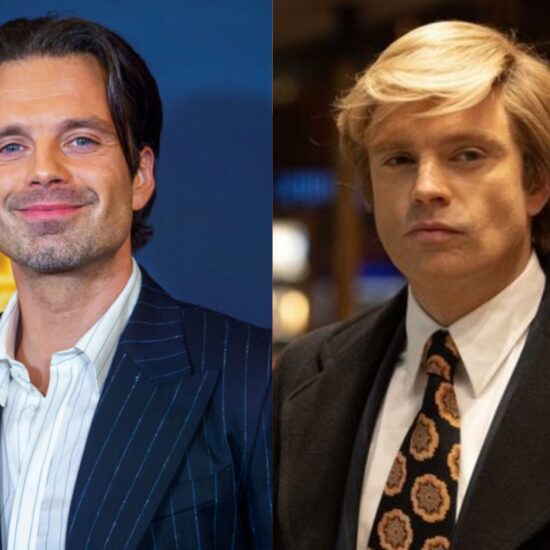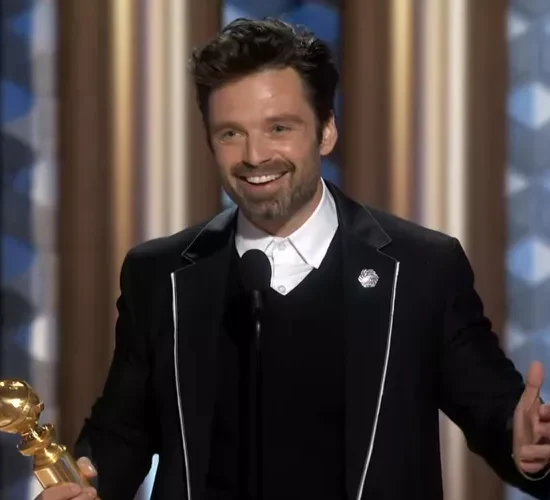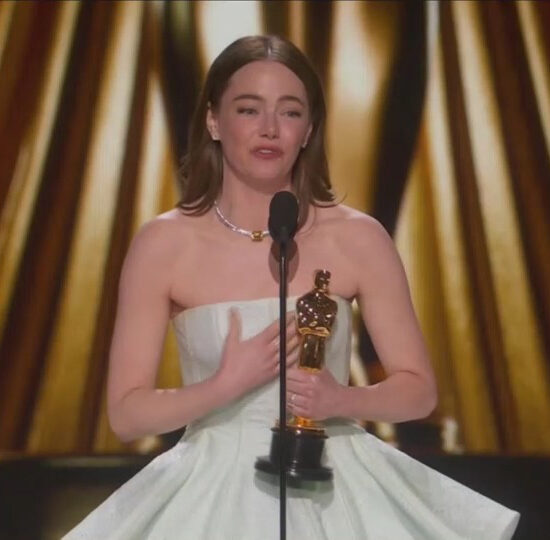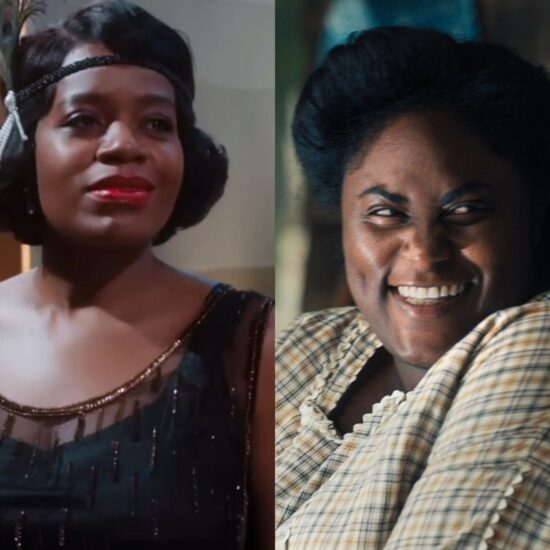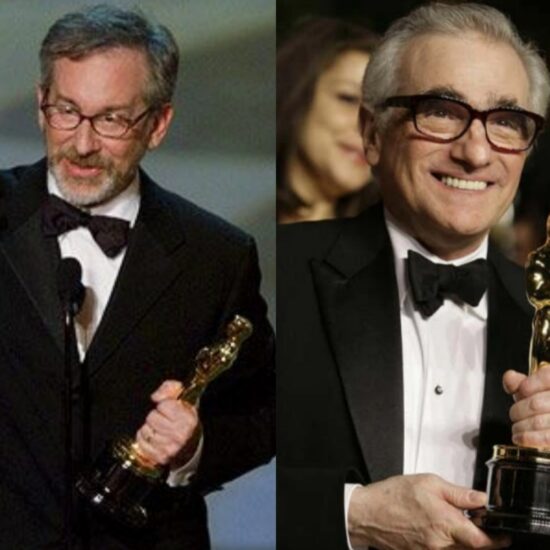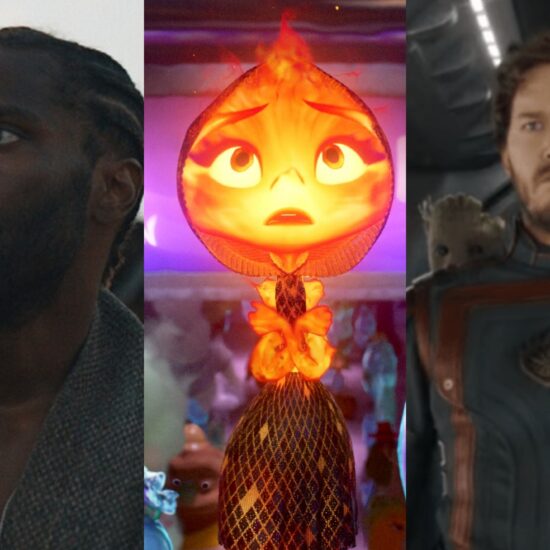
Individuals confronting the might of powerful institutions. That thematic focus unites much of the work of documentary filmmaker Laura Poitras.
The Oath, from 2010, revolved around two men — one Yemeni, the other Saudi — entangled in the Bush administration’s war on terror. The 2015 Oscar-winning documentary Citizenfour centered on cyber intelligence contractor Edward Snowden, who exposed top-secret details of the NSA’s global surveillance program. Poitras returns to the Oscar race this year with All the Beauty and the Bloodshed, her film about artist Nan Goldin, who confronted the powerful Sackler family, billionaire owners of OxyContin maker Purdue Pharma.
Goldin became addicted to Purdue’s signature drug and later founded the organization PAIN to shame museums into cutting ties with the Sacklers, who burnished their name by donating handsomely to major art institutions.
DEADLINE: When did you first become familiar with Nan Goldin and how did the documentary come about?
LAURA POITRAS: I encountered Nan’s work when I was in film school. I encountered The Ballad of Sexual Dependency, first as a book, and then I saw it being projected [as a slideshow]. I was really inspired by what she was doing in terms of cinematic language and in terms of framing, of mise en scène and using slideshows as a narrative device, just really groundbreaking. So, I knew her work in that way, but I didn’t know her personally.
We met first when I was releasing Citizenfour — I was traveling with it, we happened to be at the same festival. And then fast-forward to 2019 where we met again, and this is how this current film came about. She told me she had been documenting the work of PAIN, her organization confronting the Sacklers, and I was just really excited. I was like, “If there’s anything I can do to help…” She said, “Well, we’re looking for producers.” And then I ultimately volunteered for the project. So, this was a film that was very much initiated by Nan and her organization.
DEADLINE: Goldin is one of the producers of the film. It’s somewhat unusual to have the subject of a film also be a producer on it.
POITRAS: It’s not that unusual. I think it’s a case-by-case. For instance, on Citizenfour, Ed [Snowden] could not be a producer. We were dealing with the NSA and he was very much a source. It would jeopardize him. But a film like this that was started by Nan and that is so much built around her artwork, it was important actually, essential, that she be part of this film. And she talks in the film about how she works with the people she photographs [permitting them to tear up photos if they want to]. There is this kind of collaborative relationship of how she works that I think we tried to incorporate into how this film was made.
Nan Goldin leading a protest to remove the Sackler name from galleries at the Louvre in Paris.
Neon/Courtesy Everett Collection
DEADLINE: The film creates a portrait of an artist and of a human being. And yet integral to it is this campaign of PAIN to expose and hold accountable the Sackler family. They’re two very connected things and yet, in a sense, separate. How did you manage to balance that in the storytelling?
POITRAS: There was an amazing editing team on this film, and Joe Bini — he has edited many of Werner Herzog’s films — he had these ideas around dramaturgy and produced a document that really articulated themes in this chapter structure… The first chapter is called “Merciless Logic”, which we learn is something Nan’s sister quoted of Joseph Conrad. It captured something — themes of a society, a cruel society that crushes people who are rebels and outsiders and who stand up to power. And it rewards people like the Sacklers who ruthlessly profit off people’s suffering and death. We had a very strong dramaturgy going into it that helped us narrow down the people that we wanted to focus on.
I love films of multiple story threads that you’re in one and then it’s sort of like you go down a rabbit hole and you’re someplace else, and then you go back. I love what that does as a viewer experience. And I think we were able to kind of do a bit of that in this film. There are trapdoors that we go down and we meet people — for instance, Tin Pan Alley and Maggie Smith at the bar in Times Square. This film allowed us to [do that] because Nan’s life is so extraordinary, we can draw upon or go to all these different places like P-Town [Provincetown, Massachusetts], an amazing queer community. There were possibilities because of Nan’s life and the materials from her personal archive.
How did we put it together? Believe me, it didn’t work immediately. It worked on paper, and then it was a disaster on the timeline. It doesn’t just happen. There’s this sort of iterative, iterative, iterative, [process], like, what is the information you need here to get you to the next place, but doesn’t have too much gravitational pull that you can’t leave it? And that’s just time, time, time.
DEADLINE: One major connective thread between All the Beauty and the Bloodshed and your earlier films is this theme of people going up against powerful forces.
POITRAS: I think that is a continuum. Before I made documentaries, I came out of this much more experimental avant-garde film tradition. I’ve been working with different types of forms. I am drawn to the observational… where there’s a drama.
This had that. It had this small group taking on the Sacklers; they’re having meetings, they’re being followed by some thuggish PI guy. It had a lot of ingredients and that kind of drama that my other films have.
But, again, Nan’s openness and a willingness to speak with such rawness and honesty about her life is something completely different. And that’s the collaboration with Nan. What’s the difference between this film? It is Nan, what she brings to this film is different than my past films.
DEADLINE: Did you identify with Nan and other people in the film — Megan Kapler of PAIN and New Yorker writer Patrick Radden Keefe — who believed they were being surveilled? You’ve experienced that in one way or another because of the nature of your work.
POITRAS: I definitely identified with it. When I was working on the project they were pretty freaked out. The person who’s seen following them — he wasn’t hiding it. And we actually did a lot more research into that. We actually identified him, and we met him. I tried to flip him. I wanted him to go on the record and talk about who hired him, share all of the surveillance footage.
I just had this fantasy I could flip him. We did meet him, I wasn’t able to flip him and we didn’t include that [in the film]. We also really liked him, in the end, because he felt just like this working-class guy, trying to survive. And he also railed against big pharma. He was actually very in sync with Nan, even though he had scared the hell out of them… But, yeah, it did resonate for me. And it’s also showing the playbook, like this is what powerful people do. This is what [Harvey] Weinstein did, to try to intimidate his victims.

Laura Poitras poses with the Golden Lion for Best Film for ‘All the Beauty and the Bloodshed’ at the Venice Film Festival on September 10, 2022
Elisabetta A. Villa/Getty Image
DEADLINE: Your film won the Golden Lion at Venice, only the second documentary to accomplish that. How surprised were you to win the award?
POITRAS: It was surreal, I mean truly surreal. I keep expecting to wake up, like, “Oh my God, that didn’t possibly happen.” We knew we were invited to Venice, but we didn’t know we were in competition for a while. It matters to me — I believe nonfiction is cinema. But when we got the word that we made it into competition, for me, that was the victory of saying, “OK, great,” because it’s important that nonfiction sit alongside scripted work in how we understand cinema. So, I was just thrilled to be invited in competition and to show on that platform. I had no expectations [of winning]. That was not something I had even contemplated. So, it was amazing. It was really extraordinary.
DEADLINE: You were recently named the Guest of Honor at IDFA in Amsterdam. You did a Q&A there with the festival’s artistic director, Orwa Nyrabia. I spoke with him afterwards and he was pleased to have teasingly accused you of secretly loving the United States, despite the thrust of much of your work.
POITRAS: That was so funny. I was just like, “Hope and love? What are you asking?” But yeah, as I said there, I feel an obligation as a citizen of this country to continue to interrogate its power. But “love” isn’t the word I would use to describe that relationship.
DEADLINE: Do you see yourself as a dissident? That’s not really a term used in an American context, but I wondered if you perceive yourself that way.

POITRAS: I’d certainly, I guess, put myself in company with some people who embrace that term. As I said in the talk with Orwa, one of my jobs is sort of exposing the myth of American exceptionalism. And I don’t think that’s necessarily a dissident position. I think that’s more like, “Let’s not pretend that we’re not part of a global empire. Let’s not pretend we don’t have proxy wars that are dropping drone attacks and assassinating people in other countries. Let’s look at things with the truth and be adversarial towards that,” which fits more into maybe some description of a journalist than a dissident. But I’ll leave that to others.









